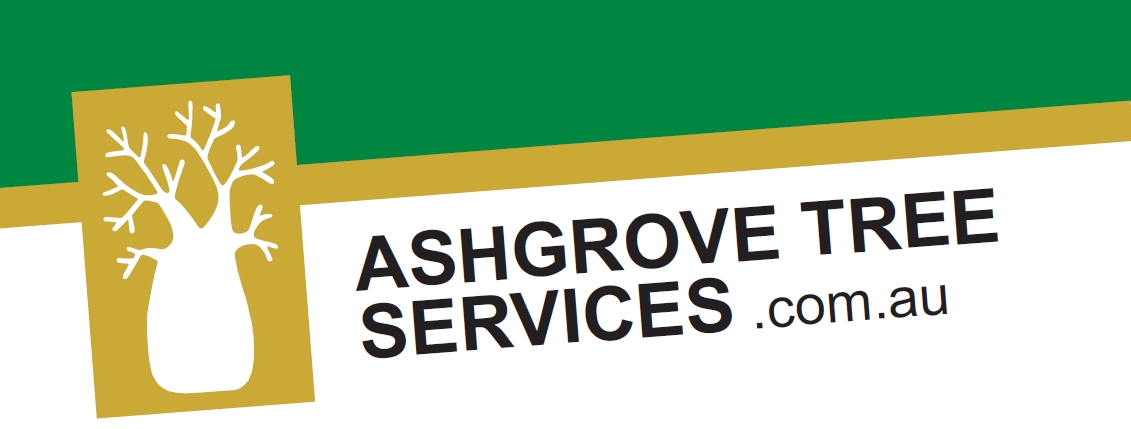Trees, more than meets the eye
The inner city areas of Brisbane are renowned for their leafy trees lined streets, parks and back yards. However, trees provide numerous other benefits that might not be readily apparent. Cosmetically they soften the harsh lines of inner city living, screening off walls of concrete and steel and provide a sense of tranquillity and security.
Socially, research has shown that in suburbs that are leafy there is reduced crime. A study was carried out in America that showed that there were health benefits to having urban green spaces, including lowering blood pressure. Many hospitals now include gardens onsite to aid in rehabilitation.
The environmental benefits are many and varied with the most obvious being the habitat that they provide to wildlife and biodiversity. A term that is used frequently is the urban forest; this concept includes ecosystems from backyards, street planting, parks and wildlife corridors and sees it as one big ecosystem. Tree also modify local climate and has been shown to lower temperature by up to 4 degrees Celsius whilst also increasing the humidity. Trees shade buildings and hard surfaces reducing re-radiated energy and the ‘heat island’ effect. Wind speed is also reduced, with the amount dependable on the density of the canopies of trees in the area.
Trees can also influence the flow of water in several ways. The initial impact of rain and hail can be absorbed and deflected by trees aiding in reducing the severity. This allows greater absorption into the soil and less runoff and erosion. By now unless you have been under a rock you will also be aware of trees role in capturing carbon dioxide, but they also lower energy costs when planted strategically around buildings, leading to a reduction in energy use.
Some of the economic benefits have already been touched on and are mainly as savings in energy cost. Well placed trees can reduce energy use by up to 30%. Studies have also shown that in metropolitan areas trees contribute between 13-20% of the value of the property. Houses located in tree-lined avenues have higher property values than those without trees.
